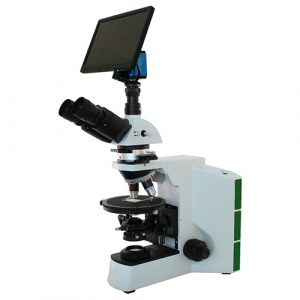Purpose of Test
This test is a qualitative analysis describing the chemical, microscopical, and physical techniques for the identification of commercial textile fibers. It is used in accordance with the Textile Fibers Products Identification Act.
The textile fibers can be examined in these forms:
- Raw
- Taken from yarn
- Taken from fabric
Terminology Defined
Fiber Analysis – The method of identifying and analyzing the fiber used for the textile.
Immersion Oil – This oil is primarily used to increase the resolving power of a microscope.
Burning Test – This test includes burning of fiber and observing if it melts, shrinks, continues to burn without the flame, or how the smoke smells.
Stain Test – The use of a specialty stain to identify the type of fiber used.
Solubility Test – This test includes the use of a solvent to test if the fiber will dissolve, melt, soften, or remain insoluble.
Test Method
Materials Used for Test
- Test specimen
- Microscope
- Immersion oil
- Comparison photographs of various types of fibers

Testing Procedure
The qualitative method may include different types of procedures for the fiber analysis. These may include:
- Burning test
- Stain test
- Solubility test
Test Procedure (Summary)
Part 1: Preparation of test specimen: The fiber is placed on a glass microscope slide, added with drops of immersion oil, and covered with a glass coverslip.
Part 2: Observation under the microscope: Using the microscope, the nature and properties of the test specimen are analyzed.
Part 3: Identification of fiber used: To identify the fiber used, the technician compares the test specimen to a set of longitudinal and cross-sectional fiber photographs. These contain both known and unknown samples of various textile fibers, their properties, and characteristics.